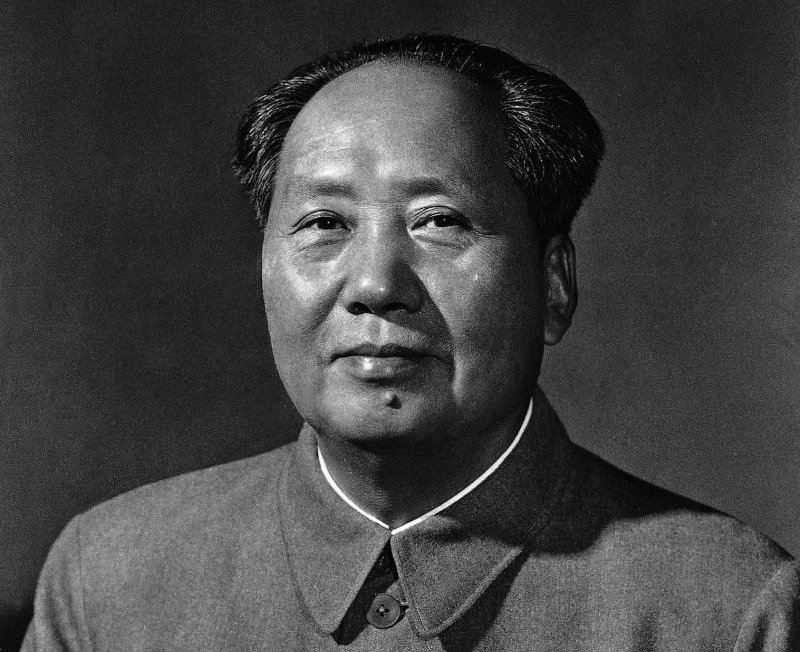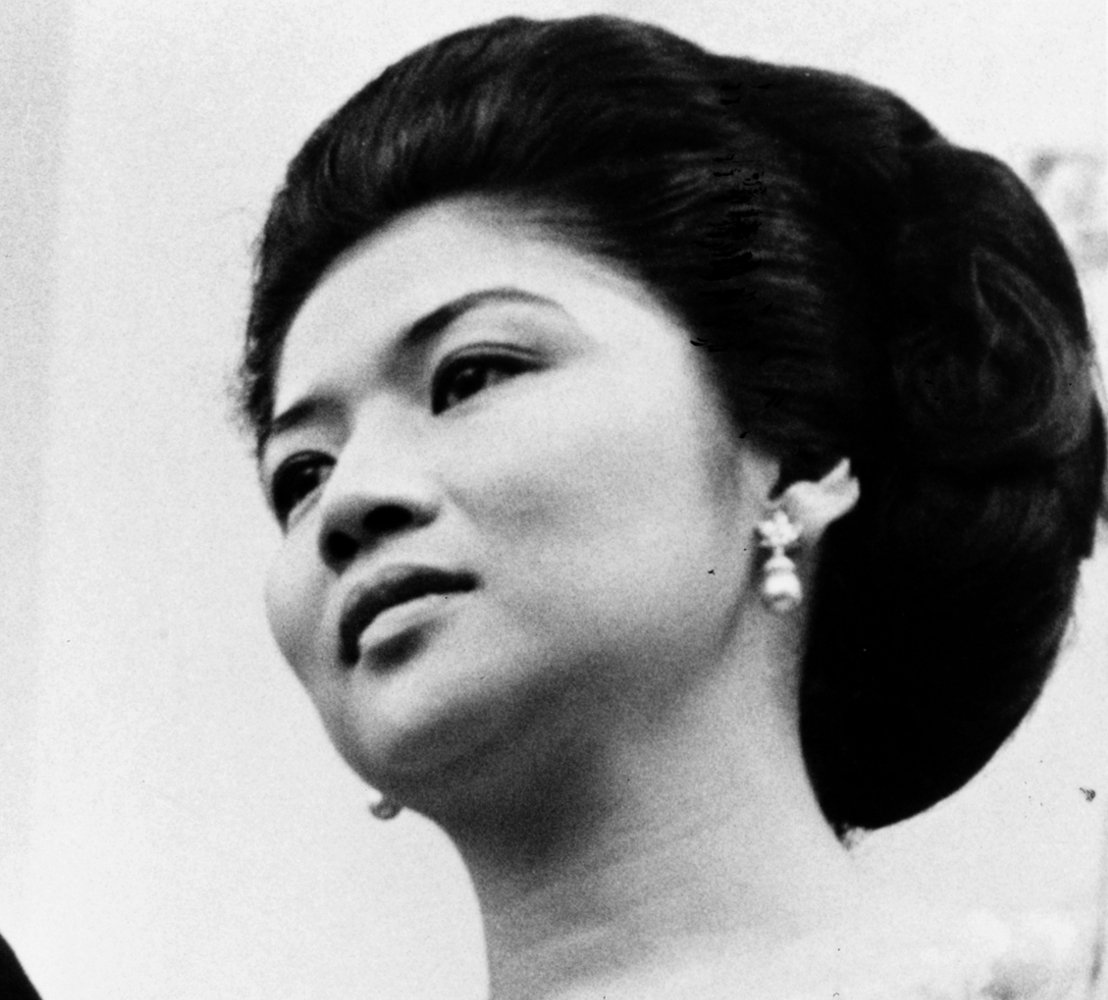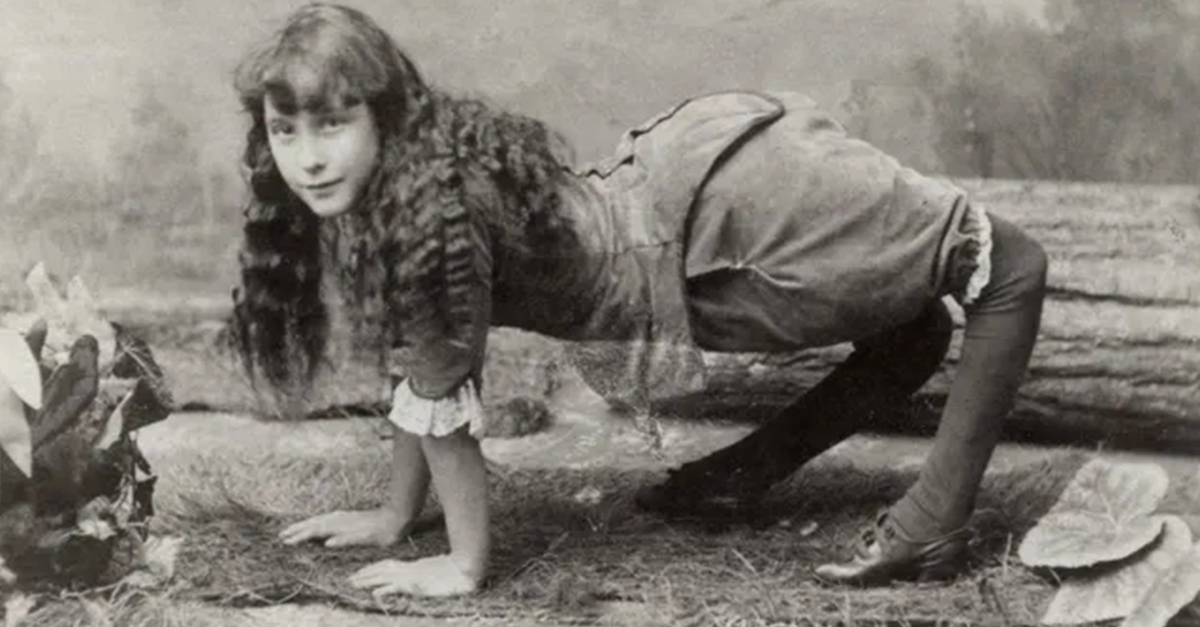They're human, just like us
Many of our favorite people throughout history have had habits we wouldn’t be proud of if they were our friends or family. Yet, many of history’s darlings (and monsters) had terrible habits, as illustrated in the following slides.
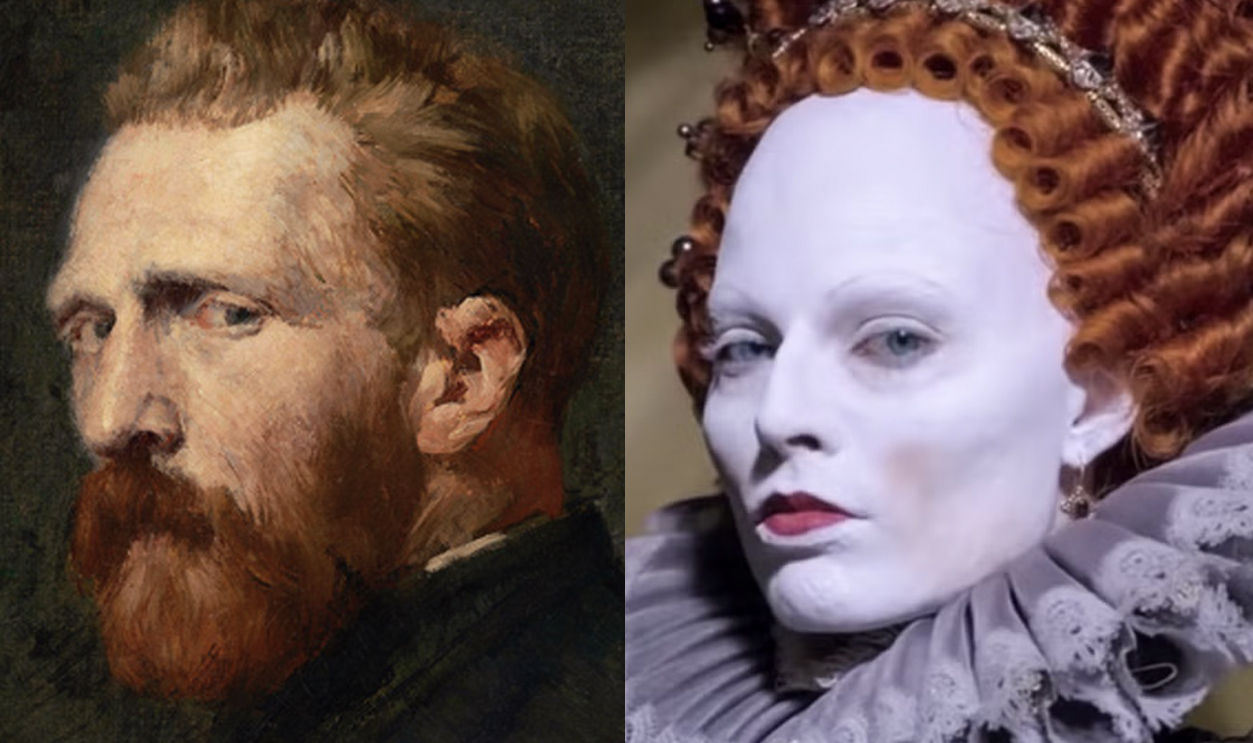
Sir Winston Churchill: Cigar smoking
Sir Winston Churchill was well-known as a cigar smoker, as illustrated by some of his most infamous portraits. It’s quoted that the man smoked as many as 10 a day. That’s almost a thousand milligrams of nicotine daily!
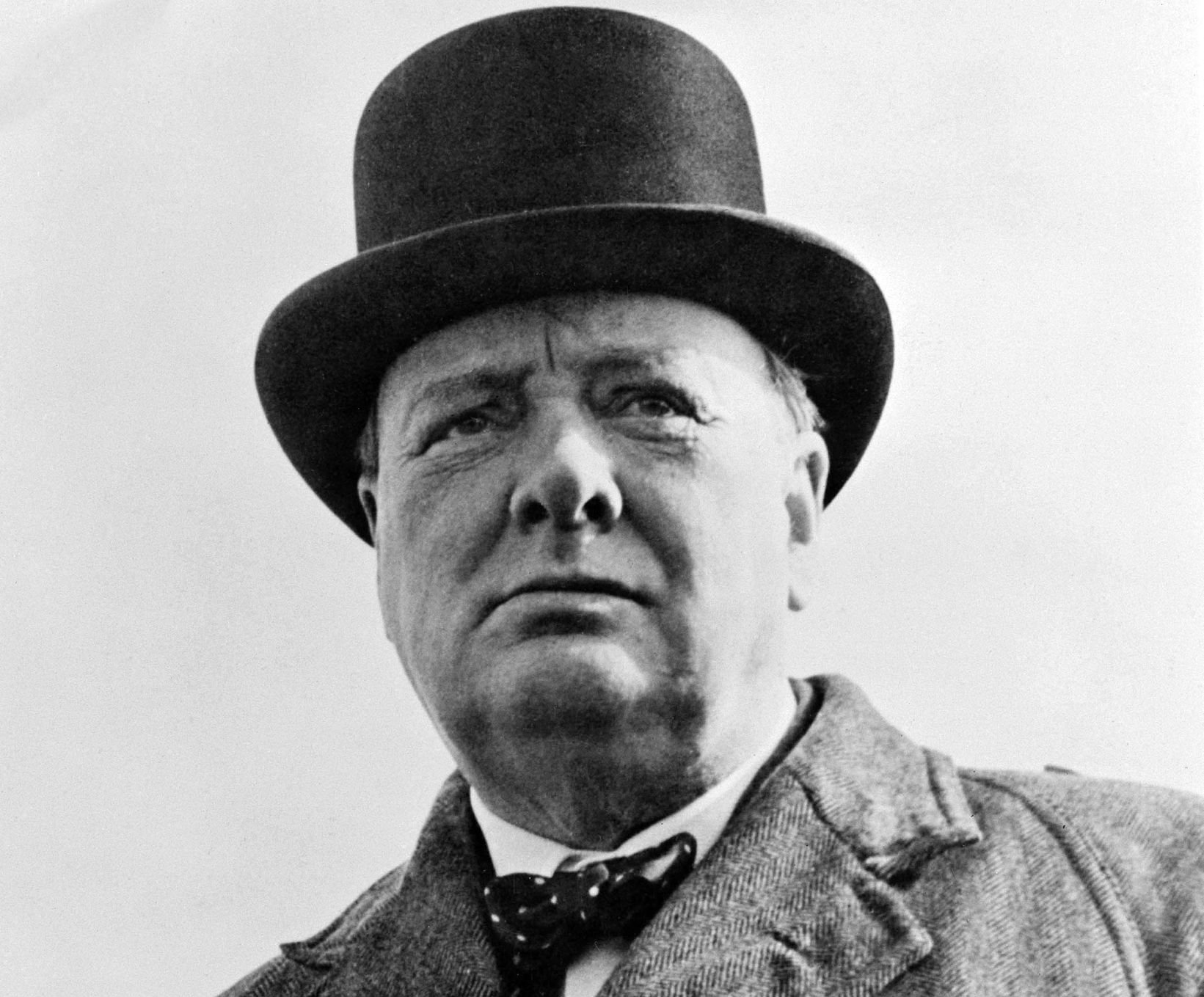 United Nations Information Office, Wikimedia Commons
United Nations Information Office, Wikimedia Commons
Napoleon Bonaparte: Ice baths
Most of us struggle to clamber out of bed in the morning, but the French dictator was notorious for taking a cold bath each morning in a specially designed bathtub. He believed the practice helped invigorate his mind and body.
 Jacques-Louis David, Wikimedia Commons
Jacques-Louis David, Wikimedia Commons
Queen Elizabeth I: Sweets and treats
Queen Elizabeth I, known as “Good Queen Bess” had a huge sweet tooth. She was known for always having a sugary treat at least once daily, including marzipan, sugar sculptures, and the occasional pastry.
 After Levina Teerlinc, Wikimedia Commons
After Levina Teerlinc, Wikimedia Commons
Vincent Van Gogh: Eating paint
As much as Vincent liked to put paint on a canvas and create stunning works of art, he also had an unfortunate habit of putting paint in his mouth, specifically yellow paint. Van Gogh believed that yellow paint would put him in a better mood and allow him to be more creative.
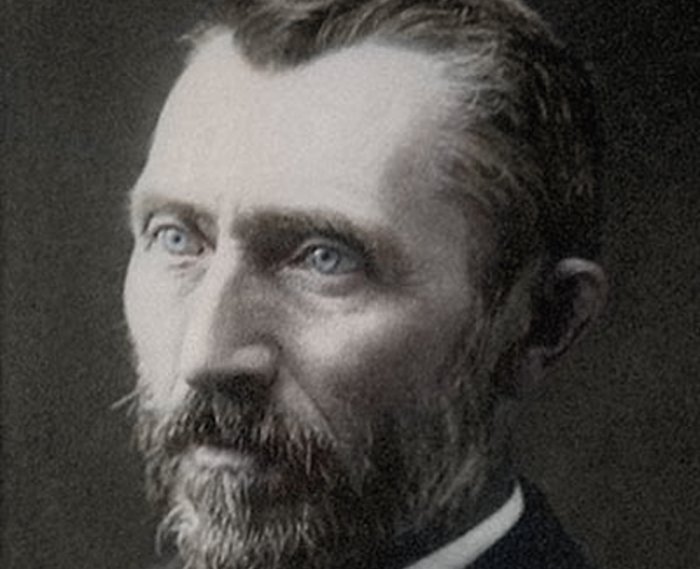 Maurice Bonilla, CC BY-SA 4.0, Wikimedia Commons
Maurice Bonilla, CC BY-SA 4.0, Wikimedia Commons
Marie Curie: Radioactive exposure
The pioneering physicist and chemist would routinely carry around vials filled with radioactive liquids and use radioactive materials without requisite protection in her experiments. This exposed her to dangerous levels of radiation.
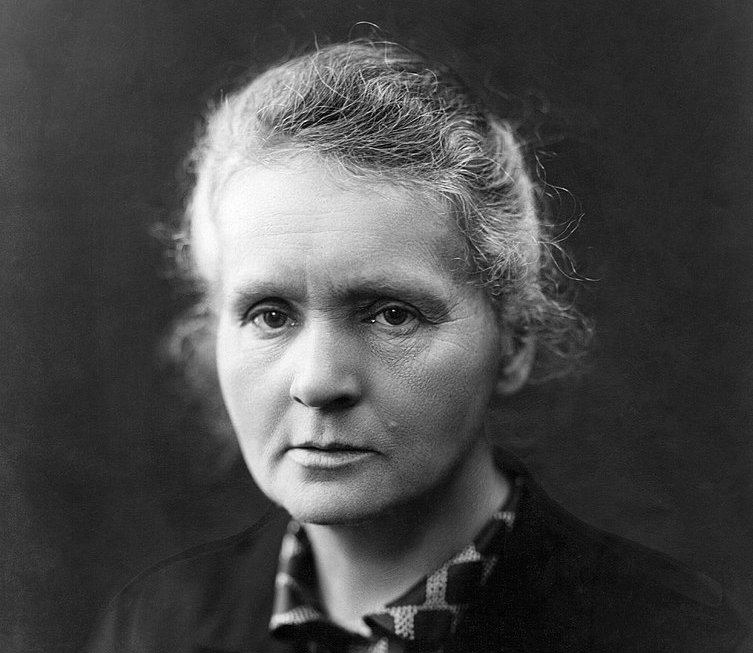 Henri Manuel, Wikimedia Commons
Henri Manuel, Wikimedia Commons
Queen Victoria: Carbs loading
Queen Victoria regularly carried a slice of bread with her wherever she went. She would use these bread slices to feed birds and beggars on England’s streets. Imagine that, receiving a slice of bread from the Queen.
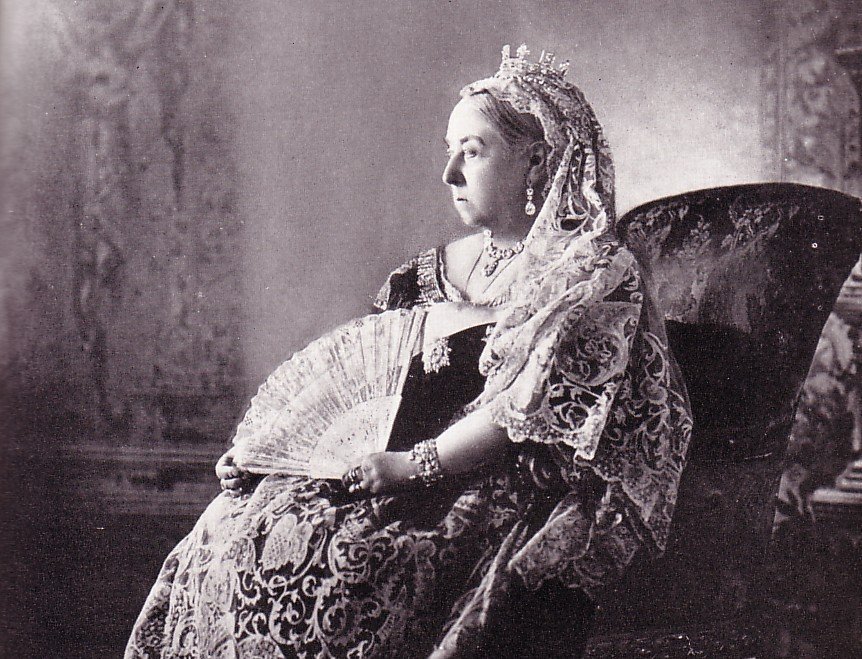 W. & D. Downey, Wikimedia Commons
W. & D. Downey, Wikimedia Commons
Ernest Hemingway: Standing up while writing
While not the inventor of the standing desk, Hemingway apparently had one made for him so that he could stand up while writing. Unlike many other authors of the day who would sit at a desk, Hemingway’s practice of standing apparently enabled him to think more clearly and write better.
 John F. Kennedy library, Wikimedia Commons
John F. Kennedy library, Wikimedia Commons
Albert Einstein: Socklessness
The genius of Albert Einstein has been well-documented. Perhaps that genius was further enabled by the fact that he didn’t bother with socks in the morning, finding them a “useless hassle.”
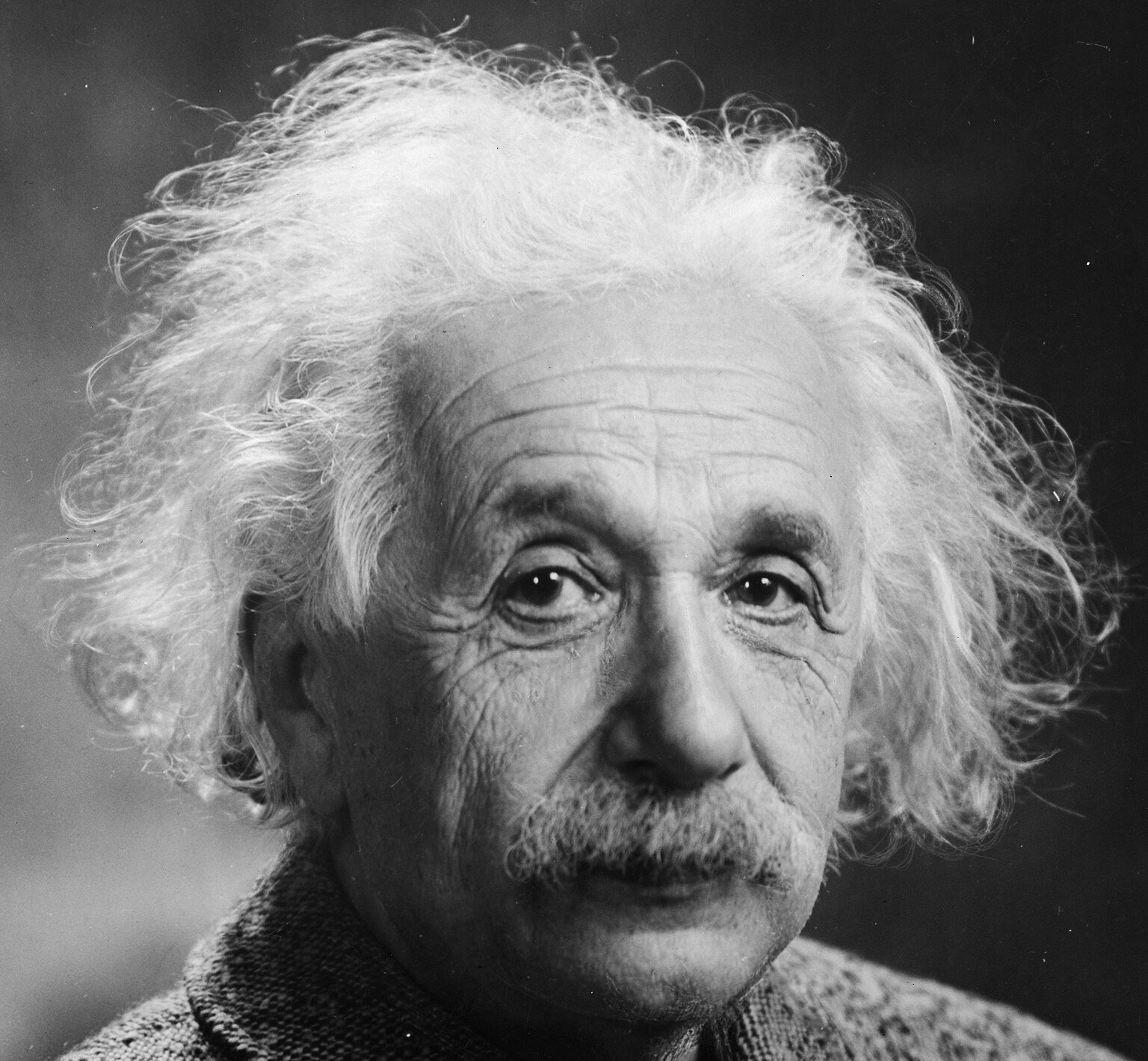 Orren Jack Turner, Wikimedia Commons
Orren Jack Turner, Wikimedia Commons
Charles Dickens: Rearranging furniture
It’s reported that Charles Dickens rearranged his home furniture each time he finished a new book. This helped him to clear his mind and organize his thoughts after engaging his brain for so long while reading.
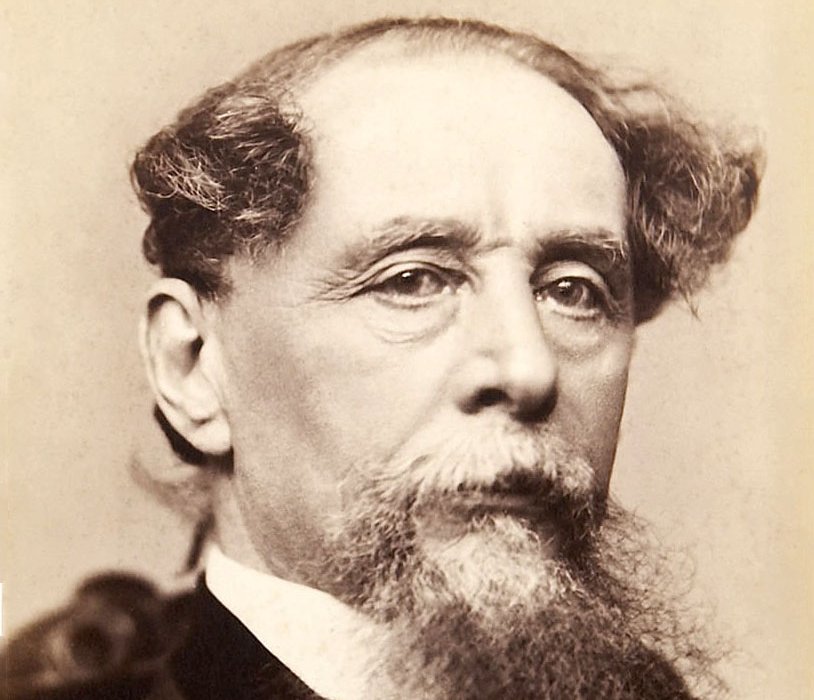 Jeremiah Gurney, Wikimedia Commons
Jeremiah Gurney, Wikimedia Commons
Ludwig van Beethoven: A bucket of cold water
Like Napoleon, Beethoven believed in the powers of a good “ice bucket challenge”. However, in the 18th century, they just had cold water. Beethoven reportedly poured a bucket of cold water over his head before composing, believing that it helped stimulate his brain and encourage focus.
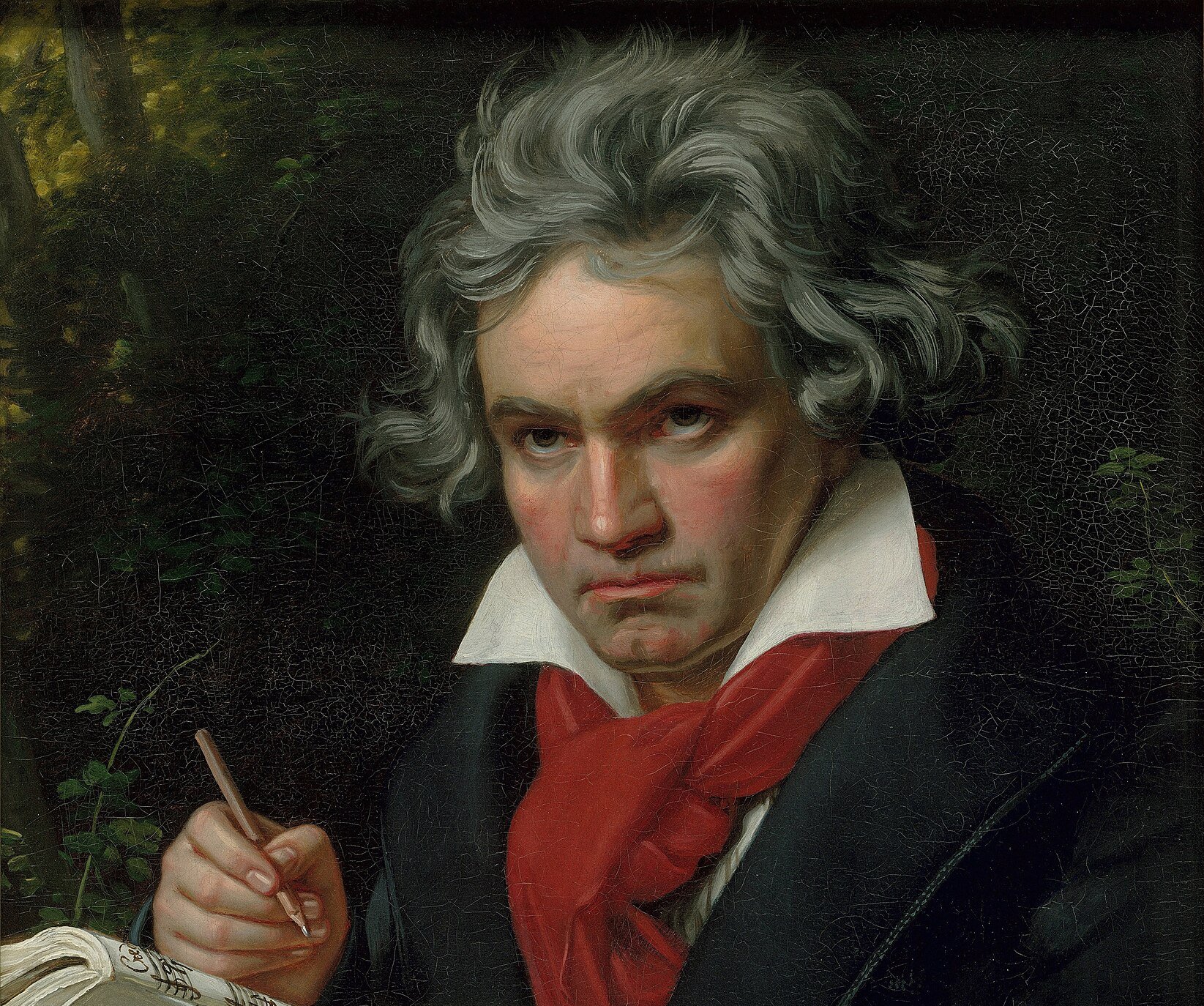 Joseph Karl Stieler, Wikimedia Commons
Joseph Karl Stieler, Wikimedia Commons
Nikola Tesla: Mental arithmetic on foot
While walking around, Nikola Tesla would routinely perform mental math or count his steps, believing that the practice helped keep his brain sharp and his math correct.
 Napoleon Sarony, Wikimedia Commons
Napoleon Sarony, Wikimedia Commons
Isaac Newton: Probing his eye
Sir Isaac Newton, the man responsible for the laws of motion and gravity, used to stick a metal probe into his eye socket, believing it would stimulate his optic nerve and improve his vision.
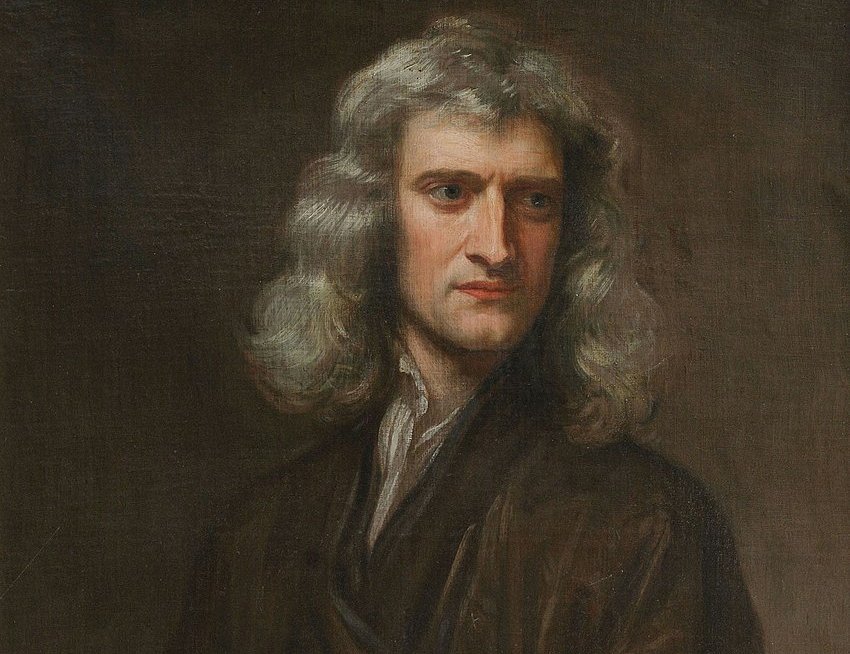 Godfrey Kneller, Wikimedia Commons
Godfrey Kneller, Wikimedia Commons
Michelangelo: Working in bed
It is said that Michelangelo liked to paint or sculpt from the comfort of his bed, using pillows to prop up his head and hands. That might just make him the original work-from-homer.
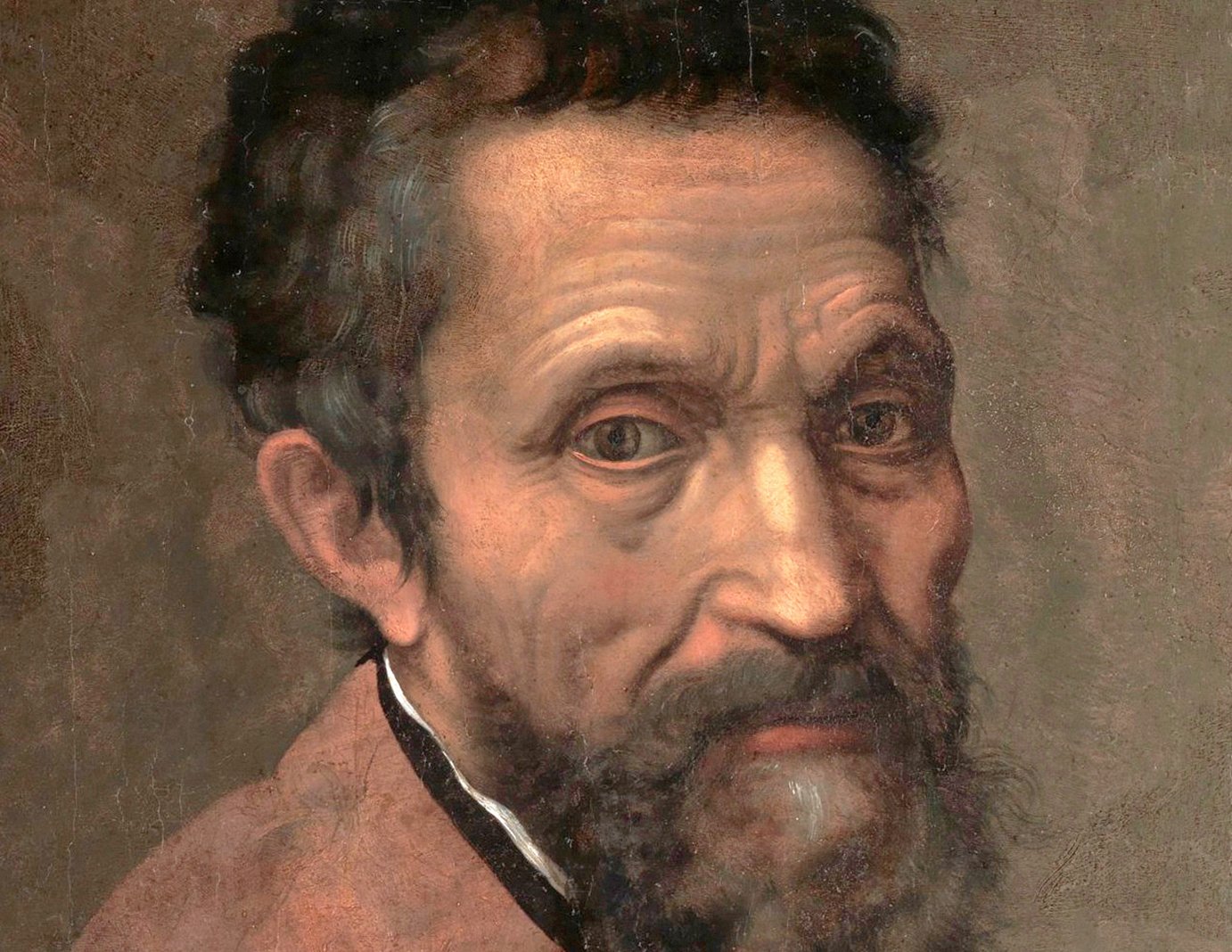 Daniele da Volterra, Wikimedia Commons
Daniele da Volterra, Wikimedia Commons
Marie Antoinette’s: Small animal collecting
Marie Antoinette (France’s final Queen) loved collecting miniature animals and had an extensive collection of miniature dogs, cats, and even a giraffe.
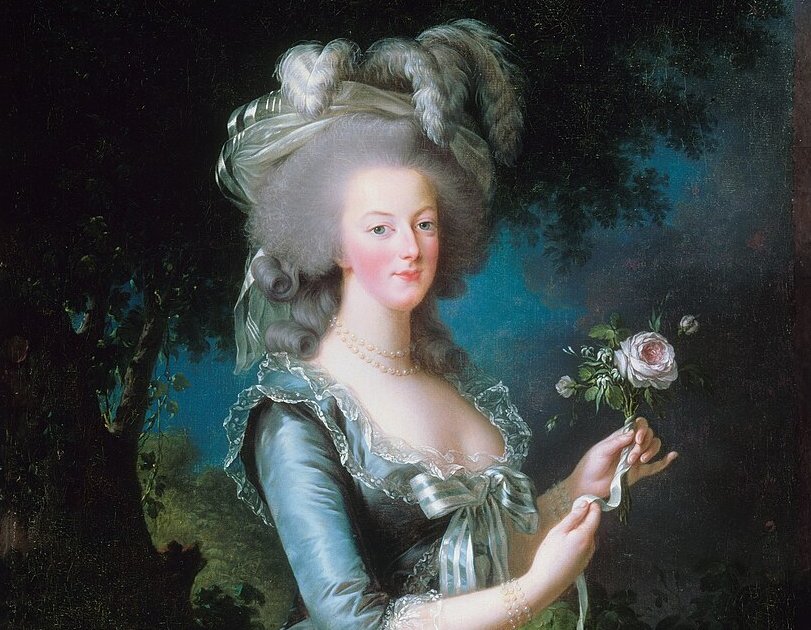 Élisabeth Louise Vigée Le Brun, Wikimedia Commons
Élisabeth Louise Vigée Le Brun, Wikimedia Commons
Honore de Balzac: Caffeine overload
This important French literary figure from the 19th century was reportedly only fueled by coffee. He wrote La Comedie Humaine, a tale of French life after the reign of Napoleon Bonaparte.
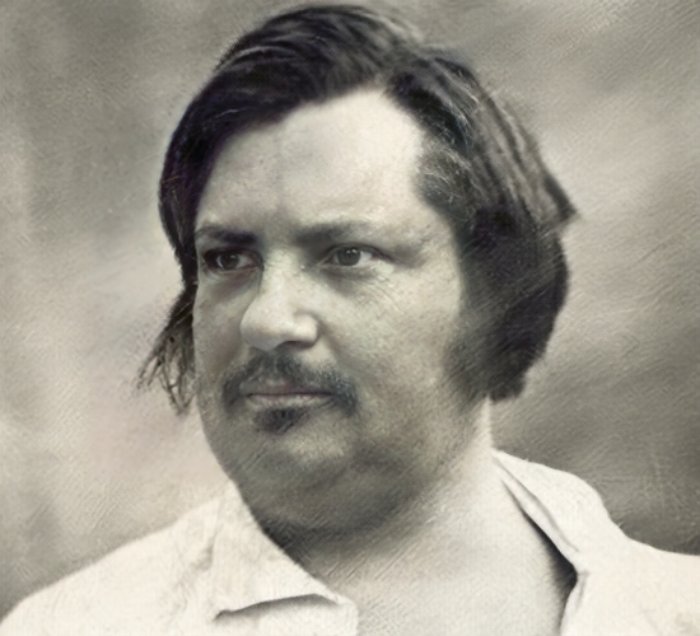 Louis-Auguste Bisson, Wikimedia Commons
Louis-Auguste Bisson, Wikimedia Commons
Benjamin Franklin: Air aathing
It is reported that Benjamin Franklin liked to “feel the breeze,” as it were, by standing naked in front of an open window and enjoying an “air bath”.
 Joseph-Siffred Duplessis, Wikimedia Commons
Joseph-Siffred Duplessis, Wikimedia Commons
Tycho Brahe: Pet moose
Renaissance-era Tycho Brahe was a Danish mathematician and astronomer who opted for a rather unusual pet—a moose. It’s reported that Brahe also allowed the moose to drink beer.
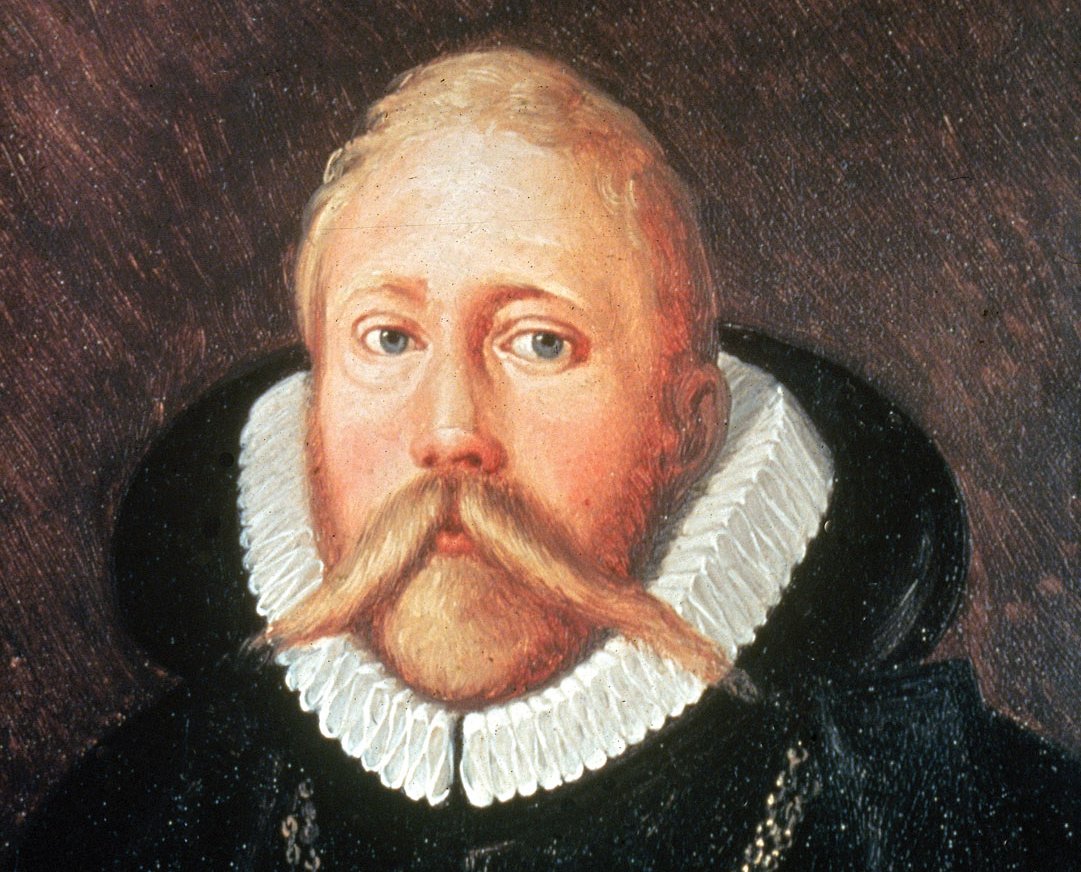 Eduard Ender, Wikimedia Commons
Eduard Ender, Wikimedia Commons
Charles Darwin: Eating for science
It is reported that Charles Darwin ate many of the animals he discovered, including lizards, rats, and even pumas. He also drank giant tortoise urine, you know, for science.
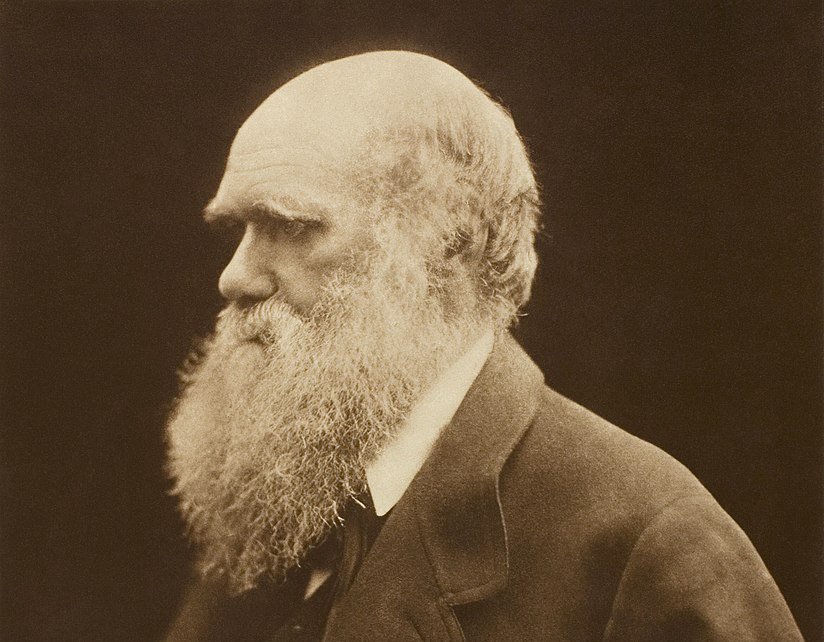 Julia Margaret Cameron, Wikimedia Commons
Julia Margaret Cameron, Wikimedia Commons
Benito Mussolini: Naughty letters
Benito Mussolini is known for being the Italian dictator who was Hitler’s sidekick during the Second World War. He isn’t known for his intimate fiction, yet Mussolini wrote descriptive letters to his mistress that would make Ivan Barkov blush.
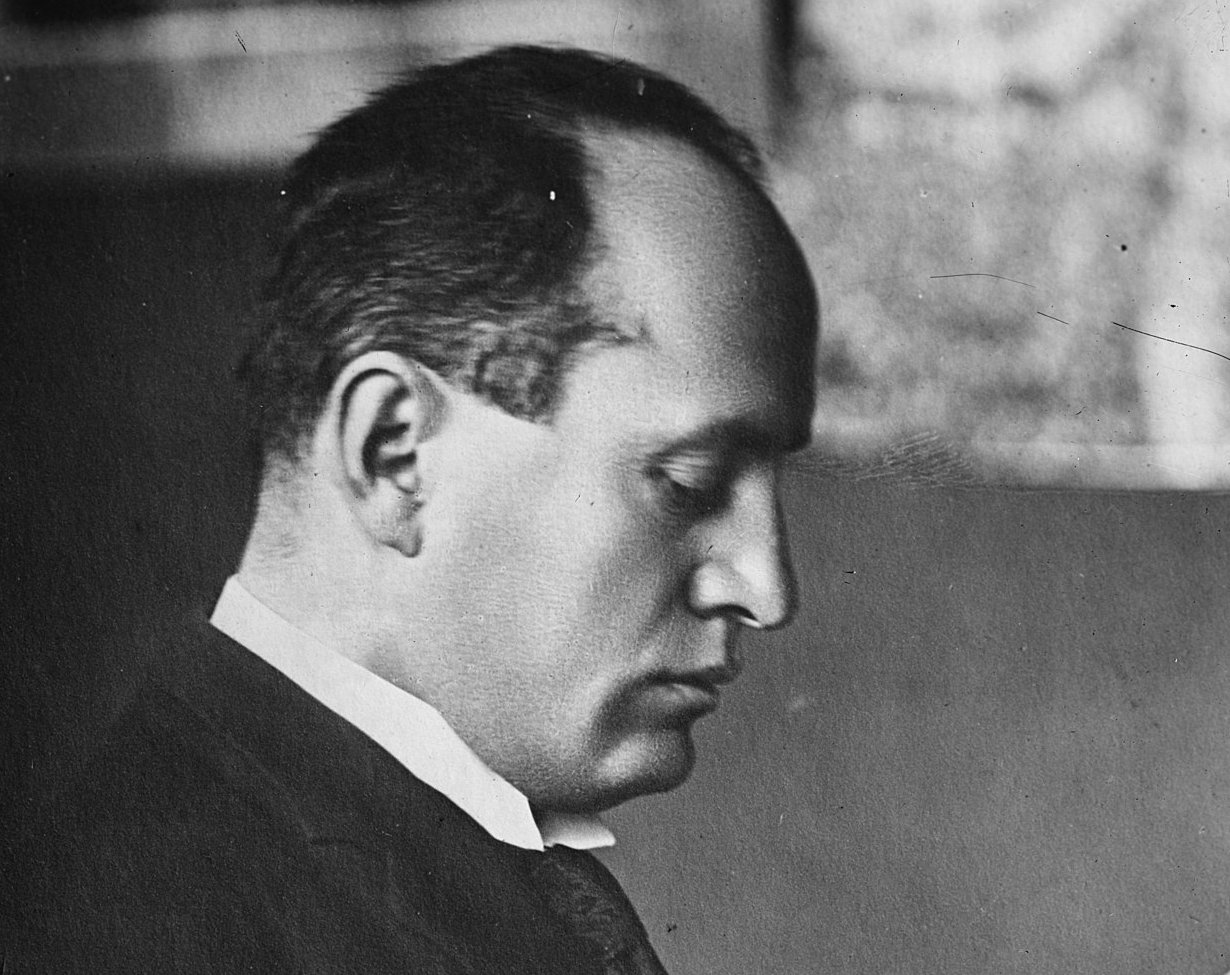 Bain News Service, Wikimedia Commons
Bain News Service, Wikimedia Commons
Mao Tse-tung: Writing poetry
Whilst Chairman Mao is best remembered as the brutal Chinese dictator responsible for the deaths of tens of millions of people, he was also quite the poet. Not an uneducated man, Chairman Mao loved to pen verses in classical Chinese format. A collection of his work can be found here.
Henry VIII: Poison prevention
While it wasn’t uncommon for royals to have people eat their food or drink their wine first, Henry VIII unusually had people kiss his bed linens to ensure they were not laced with poison.
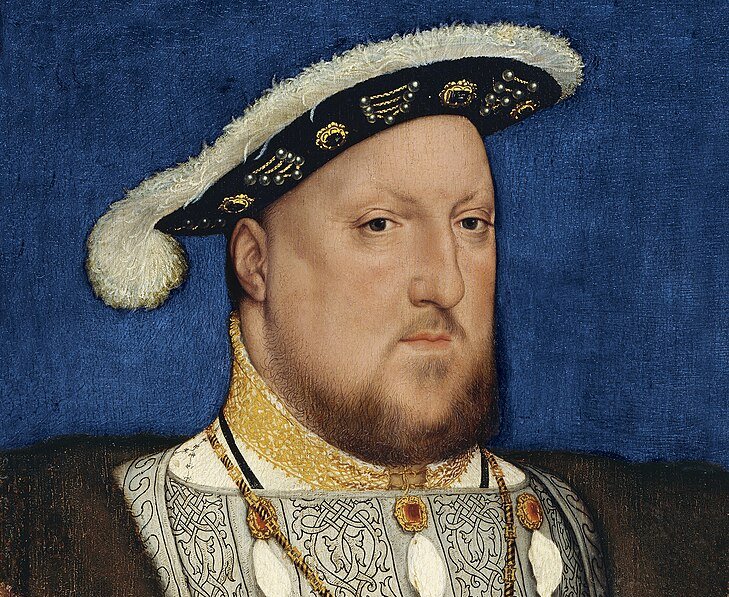 Hans Holbein the Younger, Wikimedia Commons
Hans Holbein the Younger, Wikimedia Commons
Wolfgang Amadeus Mozart: Fart jokes
The incredible Austrian composer had a strange sense of humor and he loved nothing better than a good poop or fart joke.
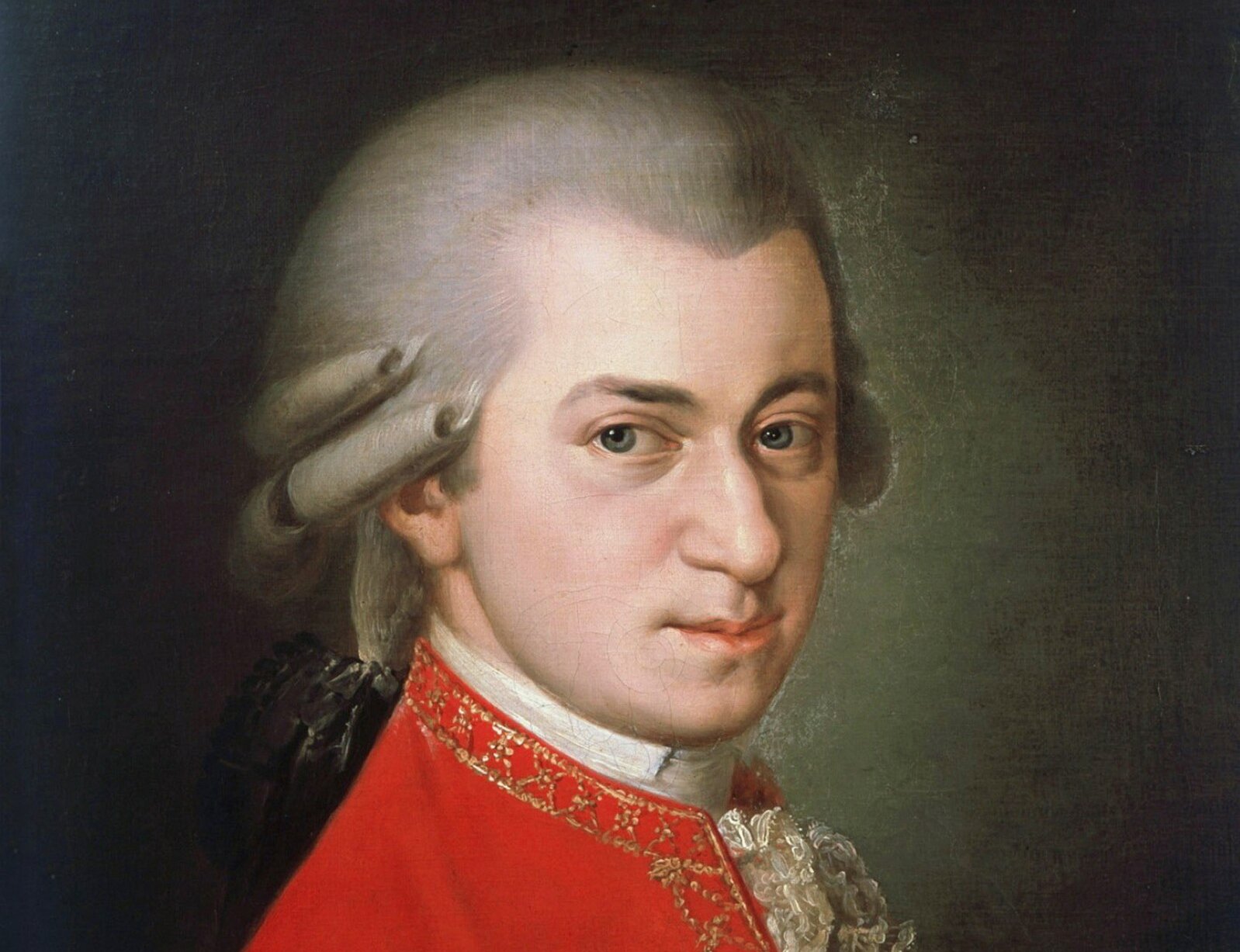 Barbara Krafft, Wikimedia Commons
Barbara Krafft, Wikimedia Commons
Ludwig Van Beethoven (Again): Counting beans
Those Classical composers, am I right? Another of Beethoven’s strange habits was to count 60 beans (by hand) during his breakfast. We presume he then ate them and wasn’t just collecting 60 beans daily. That is 21,900 beans per year.
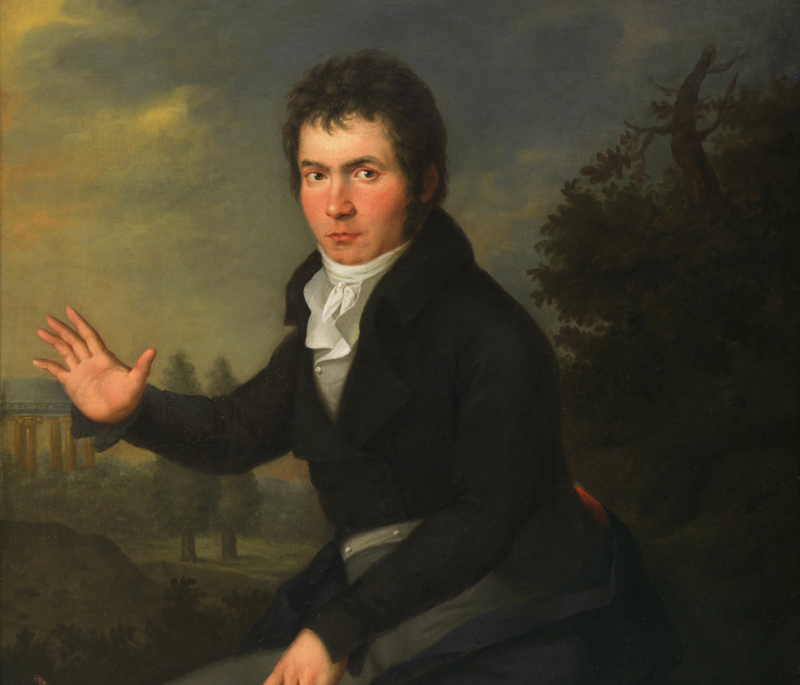 Joseph Willibrord Mähler, Wikimedia Commons
Joseph Willibrord Mähler, Wikimedia Commons
Imelda Marcos: Shoe collecting
Imelda Marcos’ shoe collection totalled over 2,700 shoes during her reign as leader of the Philippines. As the First Lady of the Philippines from 1965 to 1986, Marcos ruled with an iron fist and was fond of an extravagant lifestyle, dominated (apparently) by expensive shoes.
Osama Bin Laden: Crocheting
When Osama Bin Laden was killed in 2011, his laptops and computers were seized. It was later revealed that he had many videos about how to crochet saved on the hard drives. Not exactly a bad habit, but rather unexpected of such a man.
 Hamid Mir, CC BY-SA 3.0, Wikimedia Commons
Hamid Mir, CC BY-SA 3.0, Wikimedia Commons
King Farouk I of Egypt: Pickpocketing
Despite being the king, Farouk I of Egypt (1920–1965) was a thief! He was renowned for his ability to pickpockets and even stole a watch off Winston Churchill, whilst the Prime Minister was on a state visit to Egypt.
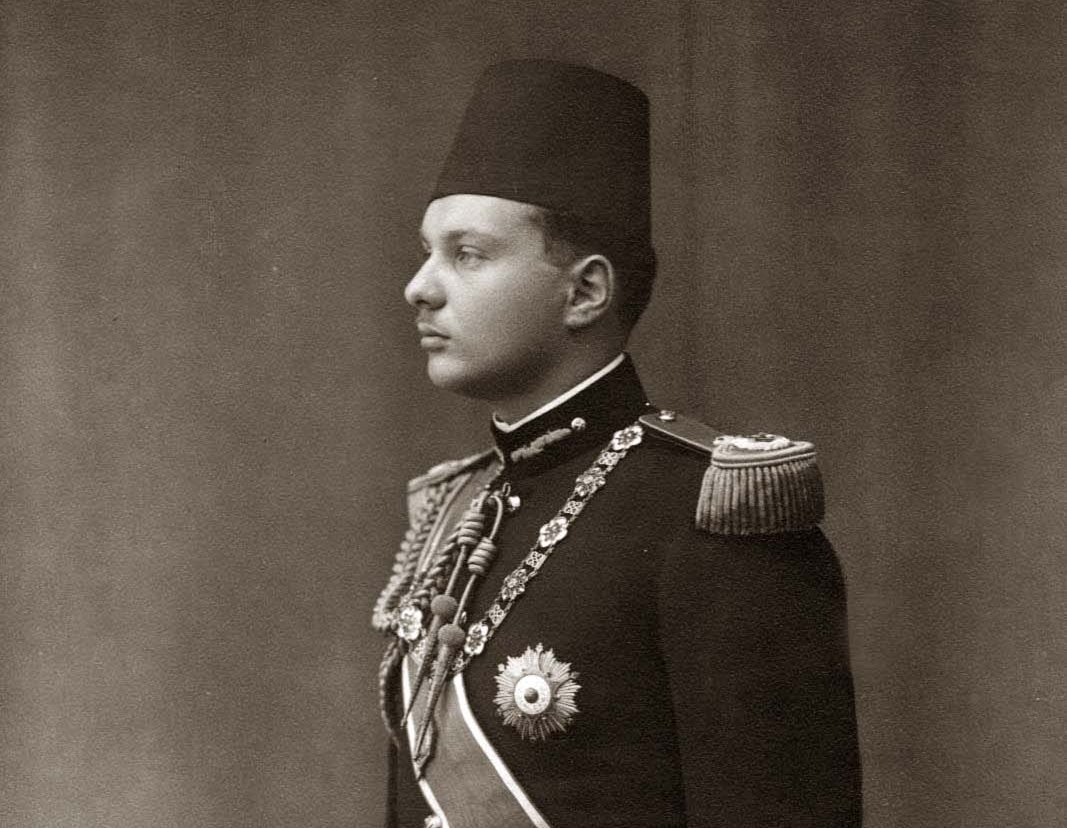 Riad Shehata, Wikimedia Commons
Riad Shehata, Wikimedia Commons
Sultan Ibrahim I: Feeding Fish with gold coins
Gold coins are not a substitute for fish food, as Sultan Ibrahim I would learn. Ruling the Ottoman Empire from 1640 to 1648, he had a habit of feeding fish gold coins.
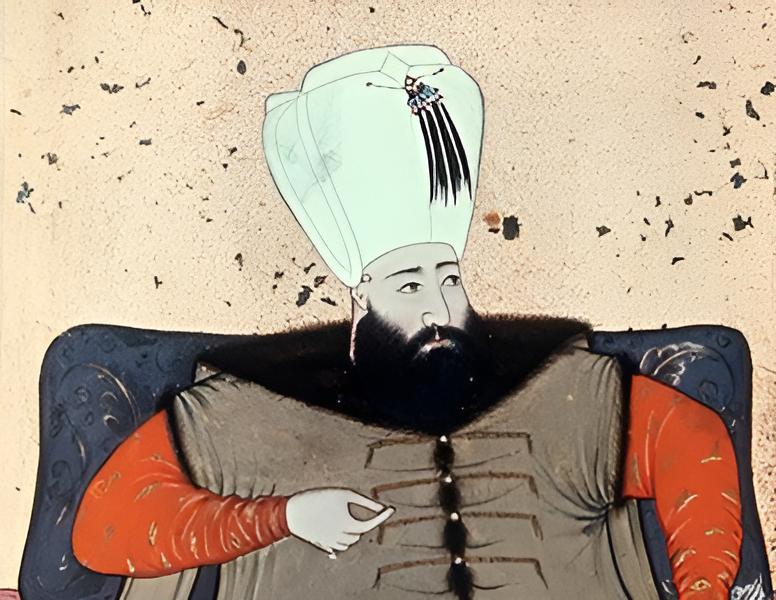 Unknown Author, Wikimedia Commons
Unknown Author, Wikimedia Commons
Marcel Proust: Writing in bed
I have to get up and sit at a desk to write properly—not Marcel Proust (prolific French writer of the late 19th century); he routinely wrote whilst in bed! Great for the back, but not so for blood flow to the legs.
 Otto Wegener, Wikimedia Commons
Otto Wegener, Wikimedia Commons
Jonathan Edwards: Meal-skipping
We’ve all missed a meal because we’re working, right? Christian preacher Jonathan Edwards (1703-1758) took that to a new level. He would study sermons and write for up to 13 hours daily, missing at least one meal.
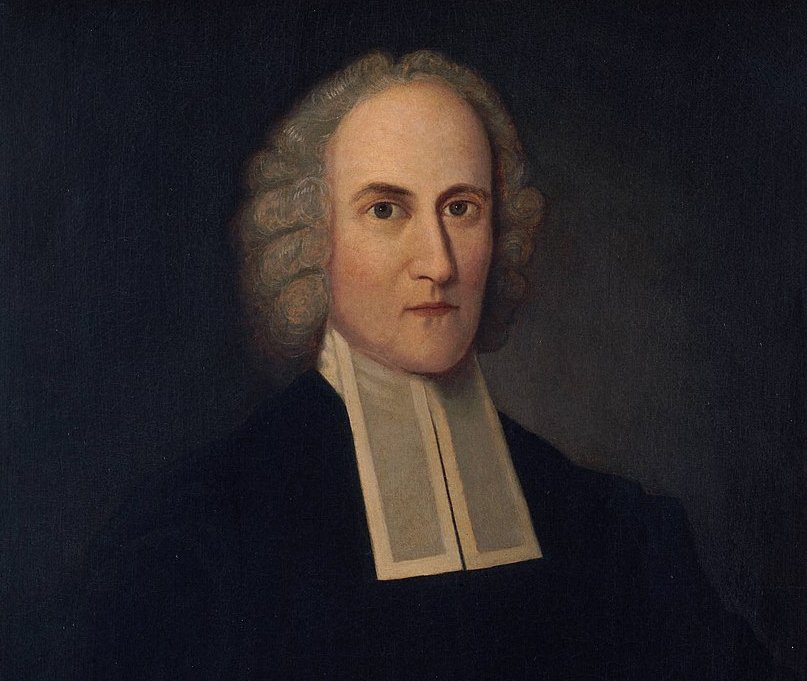 Princeton University, Wikimedia Commons
Princeton University, Wikimedia Commons
Chairman Mao: Not brushing his teeth
Another place on the list for the Chairman. This time, he’s made the list for not brushing his teeth for most of his life. When his physician asked why he didn’t brush his teeth, he replied, “Dragons don’t brush their teeth.” And like dragons, Chairman Mao’s breath would likely kill a man.
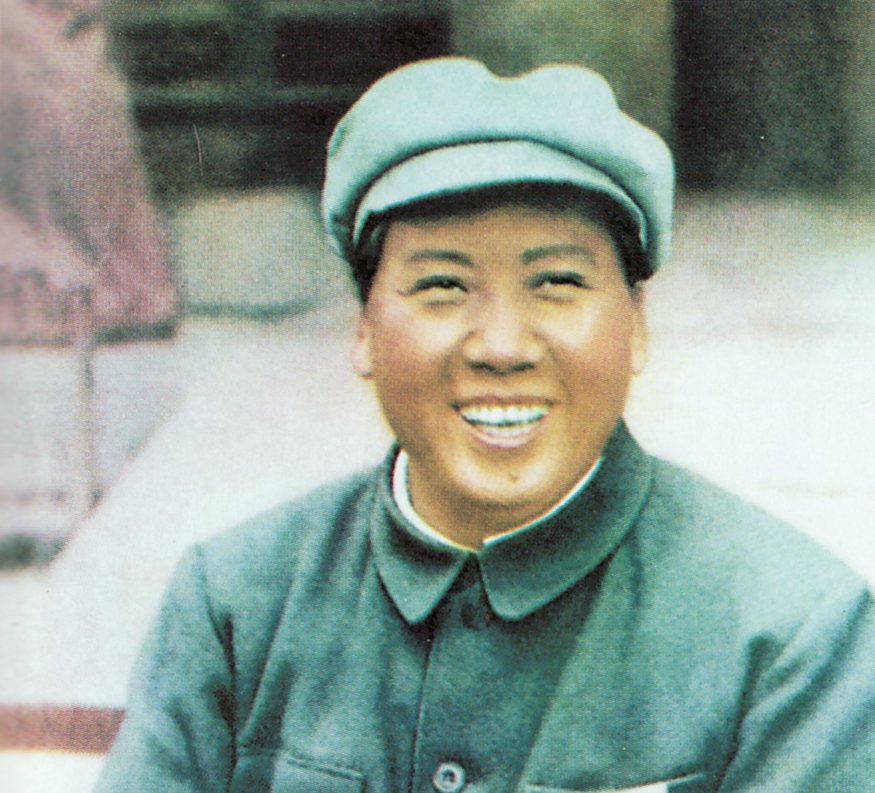 The People's Republic of China Printing Office, Wikimedia Commons
The People's Republic of China Printing Office, Wikimedia Commons

